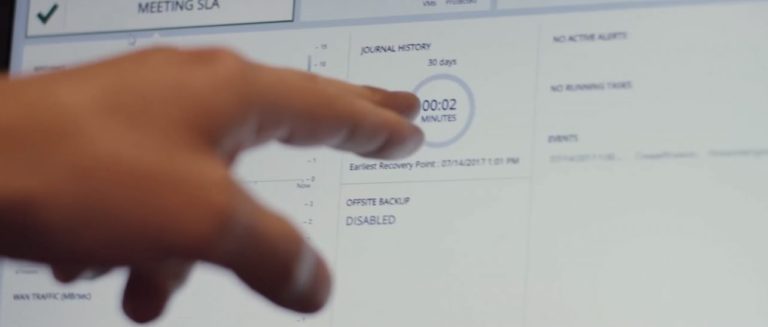Zerto, a provider of disaster recovery, backup, longterm retention and workload mobility for hybrid and multicloud environments, announces the release of version 8 of its IT Resilience Platform. One of the most important features is now the support of Google Cloud.
With version 8 of its software platform, the specialist now offers an increasingly comprehensive disaster recovery, backup and cloud management system. This not only enables end users to achieve disaster recovery and business continuity for VMware and data, but also to move these to hybrid or multicloud environments as efficiently as possible. Or between these cloud environments.
Google Cloud
An important feature of the latest release is that in addition to public clouds Microsoft Azure and AWS, Google Cloud is now also supported. Concretely, this takes place via a VMware Engine that is now deploying the public cloud.
This service will include backup and disaster recovery capabilities for VMware VMs. This facility will then be realized under the bonnet by Zerto 8. The disaster recovery and backup specialist is already doing this for Azure and AWS.
Further VMware integration
Other features expected in version 8 of Zerto’s IT Resilience Platform include an even deeper integration with VMware. In the latest release, software-defined storage functionality for this type of VMware will be added.
This will be done by adding VMware vSphere Virtual Volumes (vVols). These can be used as a datastore for both recovery and protection of vm’s and data. For end users this means that they can also use the Storage-Based Policy Management (SPBM) and the final cost savings of vVols.
Other features
In addition, Zerto 8 has a new user interface and more options for data protection. For the latter, application consistency for short- and long-term workloads will become available.
The analytics capabilities have also been further expanded. This will, among other things, give end users more insight into the workloads that are secured for the longer term. There will also be a single way of issuing alerts for all workloads, no matter where they are located.
